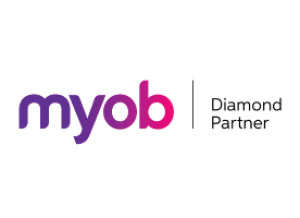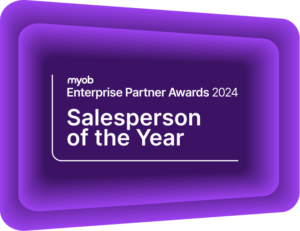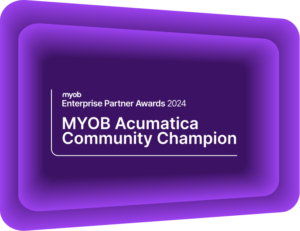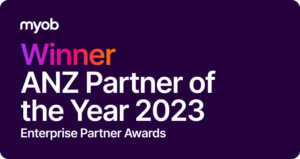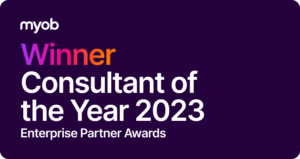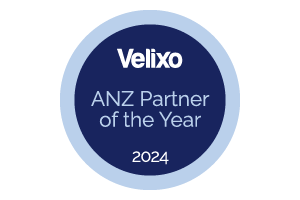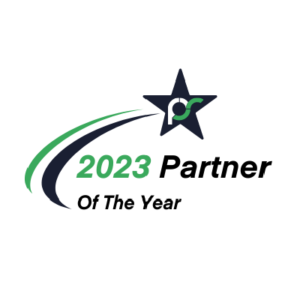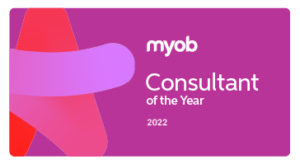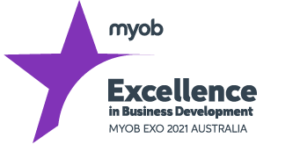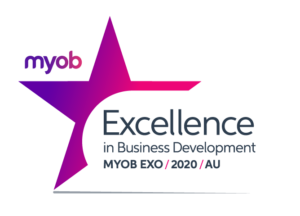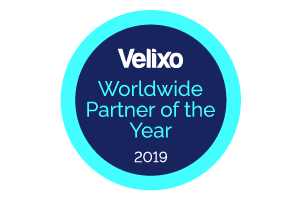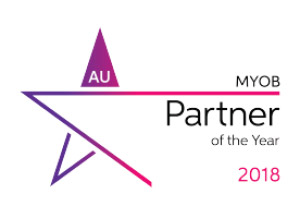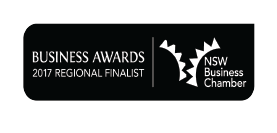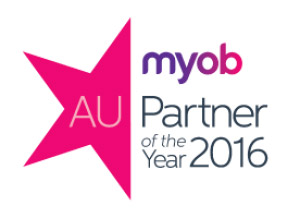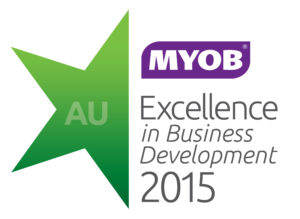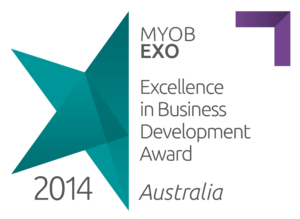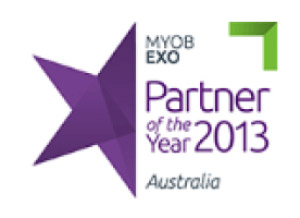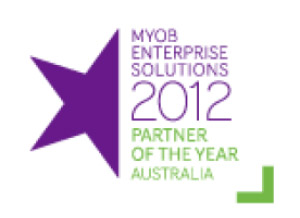The Costs of Implementing an ERP System
Understand the investment in a new ERP system versus your future efficiency improvement.Investing in a new Enterprise Resource Planning (ERP) system is a significant step for your organisation. An ERP system is a powerful business management platform that brings financial and non-financial data from across the organisation into one single source of truth. These systems are proven solutions for improving efficiency in larger, more complex organisations.
Breaking Down ERP Implementation Costs
There are many elements that contribute to the total cost of ownership for an ERP system. There are software licencing costs, costs to implement and customise the system, and possible hardware and infrastructure costs. Other factors, such as internal costs, specific industry requirements, project management, integration, and multi-company consolidations, must also be considered.
Based on data from 180 users and implementation consultants, Acumatica estimates the average ten-year total cost of ownership of a modern cloud ERP application for midsized businesses to be AUD $450,000.
Software
ERP software is most commonly billed and accessed through licences. Software vendors have varied pricing models for system and user licence fees. The licence fee structure commonly matches the software deployment method. There are two main methods for deployment and server hosting – the traditional on-premise and the more modern cloud deployment.
Software as a Service (SaaS) system licences are usually charged as a monthly subscription. SaaS is a licensing structure mostly associated with cloud-based ERP systems. Traditional on-premise systems might instead be licensed perpetually – a one-off fee for permanent use of the licence without ongoing subscription. Others combine the two into an Initial Licence Fee (ILF) and Annual Licence Fee (ALF), where you pay for initial access to the software, and then a smaller amount annually to continue access and usage. Perpetual licences are much more expensive as an initial cost outlay. The vendor is charging you for your access to the system over the entire system’s lifetime.
Perpetual licences are inflexible and costly when you need to scale. SaaS-based monthly subscriptions for cloud systems are straightforward to scale up and down and capture your changing requirements.
Depending on your role and system requirements, a SaaS licence could cost between $50 and $300 per user per month. An annual licence fee could typically cost $1500-$3000 per user per year, with an initial licence fee of around three times this amount when you first implement the system.
Infrastructure
Just as licensing varies between software systems, so does the infrastructure required to support them. On-premise systems need in-house servers that must be directly linked to your computer to access your data. These servers require maintenance, software updates, backup and disaster protocols to mitigate risks and keep your software running at all times. The costs involved in on-premise infrastructure come in the form of:
- The physical hardware of your servers and storage,
- Operating System (OS) and database licences for the servers,
- Anti-virus software for the servers and the connected network,
- Additional storage for backups,
- IT support to maintain the servers (either outsourced or in-house).
On-premise server costs are typically irregular. You buy the hardware, install the software, and then it is up and running. This requires significant capital outlay and remains an asset that depreciates over the course of its lifespan. The cost for servers to manage on-premise ERP systems could be between $80,000-$95,000 over a three-year contract, with the majority paid upfront.
On the other hand, cloud-based systems are hosted in off-site servers and are accessible via the internet. Because you do not take on the direct responsibility for managing and maintaining the servers, these costs are bundled into monthly subscriptions charged by the hosting house or software vendor. This cost is usually paid as part of your software licence, which improves cash flow. It also moves a portion of the cost from your Balance Sheet to your P&L statement.
Cloud-based systems have no requirement for on-premise infrastructure other than internet access and a device that can access the internet.
Maintaining Secure ERP Infrastructure
Data security is strongly influenced by the infrastructure surrounding your ERP system. For an on-premise system, where servers are located within your offices or physical location, you are directly responsible for data security. Security does not just mean protection from hacks or malicious threats. It includes protection against disaster, hardware maintenance and uptime, and software decay – anything that could affect the performance of your system or accessibility to its data. As a result, businesses that operate on-premise ERP systems require dedicated IT resources and detailed internal protocols to eliminate the risk of software downtime. Depending on your other business software architecture, this could mean an additional FTE resource dedicated to software security.
On the other hand, security and maintenance of SaaS systems fall under the responsibility of the hosting provider. They take on the burden of responsibility for software uptime and data security. While it may appear that handing over the responsibility of data maintenance to an external party would be a negative, these hosting providers stake their reputation on their ability to protect your data. The cloud is not a compromise in security. It has modern encryption protocols that safeguard your data while it is in transit between the server and your location, and while it is at rest in the server.
Consulting
The consulting component of an ERP implementation covers the partner’s time to configure and customise your ERP system. Customisation is a key area of the implementation and is required for your organisation to take full advantage of the system’s functionality. Every organisation is unique, and it is this difference that maintains and enhances your competitive advantage. Your system must be customised to reflect this and set you apart from the competition.
Different partners will have different consulting rates. Keep in mind that “the common law of business balance prohibits paying a little and getting a lot” (John Ruskin). In other words, the more experienced and skilled the implementer, the higher the consulting cost, but the better the end result.
When an ERP system is implemented properly it improves efficiency across the entire business. An ERP implementation is also a chance for the consultant to assess your current processes and suggest improvements that can boost efficiency utilising the functionality of the software.
Be wary of vendors who claim they can implement an ERP in less than 100 hours. In our experience, an entry-level implementation is between 120 and 200 hours. More complex implementations can run up to 1000 hours. Consulting rates typically vary between $150-$300 per hour, depending on the complexity of your system design, the implementer’s skill and experience, and the implementation partner’s charge-out rates.
If you want to get an initial estimate of an ERP implementation for your organisation, then book a free, no-obligation consultation with our expert team. They will assess your business and present an indicative budget you can use to prepare your organisation for the implementation.
Testing and Training
Sophisticated ERP systems are customisable and configurable to meet your organisation’s requirements. No two systems are the same and there is a significant breadth of functionality to learn. The sooner your team understands all the ways the ERP system can support their work, the faster your organisation will benefit from the implementation. Training is the key to ensuring your team is comfortable and competent in using the system when they go live.
The best way to facilitate ERP training is by testing your processes before you go live. This should be covered by the scope of the implementation and done hand-in-hand with the consultant. They can explain the workflows and customisations, tying this back to how your organisation operates and how it can improve efficiency. This also gives the opportunity to fine-tune any workflows and make adjustments before the live data migration.
Training as part of an implementation cannot be performed in a handful of hours. The system and configuration are complex, and it will take time for your team to gain understanding and begin the process of mastery. This User Acceptance Training (UAT) tends to take about 25% of the total time of the implementation project.
Ongoing Support
Understand that an ERP system is a long-term investment for efficiency improvement. This system will be a part of your organisation for years to come – on average, our clients use an ERP system for 14 years before they migrate to a new system and take advantage of new technologies. In that time, market changes will naturally cause disruption to your business, your team, and your system. To help you manage that disruption, you need a trusted support partner to resolve issues and keep your system working smoothly.
Due to the ongoing nature and the long-term lifecycle of your system, ongoing support is usually billed as a monthly subscription, rather than an ad-hoc hourly rate. Support is separate from the implementation, but certainly something that you cannot afford to be without. Support packages vary between partners, based on the hours required or the priority you require. Some support packages will come with discounted consulting rates for ongoing system customisations. Typically, support packages can cost between $1000 and $2000 per month.
Third-Party Applications
Third-party applications exist in the market to support and extend the capabilities of your ERP system. This balances the uniqueness of your industry with the functional scope of one ERP system. It is normal for some of your industry or organisational requirements to surpass what is natively available within the ERP. In this case, you can use the best-of-breed third-party application alongside and integrate it into your ERP system. This is more efficient than paying for expensive customisations to your platform to replicate functionality that is readily available in the market.
Third-party applications are licenced separately from your ERP, as you are accessing a separate system. The licence costs for these products vary based on the scope of what they can accomplish and how many users you require, but in general, they are more cost-effective compared to ERP user licences. Different ERP systems handle the integration process in different ways – most require an additional licence to manage the Application Programming Interface (API) integration.
Some ERP systems are more receptive to API and EDI (Electronic Data Interchange) integrations. Consulting work is likely required to connect the third-party application with your ERP system; however, the scope of this work depends on the ERP and the integration.
Is ERP worth the Investment?
As a business that implements ERP systems, you may be surprised to hear that an ERP investment is not always worthwhile.
An ERP system is a tool to improve business efficiency. It is vital that your organisation is using the right tool for the job, and that the team is effectively trained to make the most of its functionality. The optimal time to make the transition is when your organisation starts to feel the pain of smaller systems. Recognising that your system will be the constraint to your efficiency or growth will encourage you to start investigating a new system. Making the right decision on when to implement an ERP system is key to making the most of your investment.
Sometimes, not implementing an ERP system brings a bigger cost to your business. Growth naturally leads to periods of stagnation, as your existing systems and processes struggle to keep up with the scaling volumes. If you do not invest in an ERP system and improve on what has worked in the past, you will extend this period of stagnation and let your competition get ahead. When they invest in this technology, they will see the benefit of saving time by eliminating manual data entry and duplication between systems. They will reap the efficiency improvement from powerful automation that lets their team focus on tasks that have a higher impact on the business. They will be able to make better decisions with improved visibility into key metrics and performance indicators.
When your organisation invests in an ERP solution, you make an investment in your organisation’s future – a future of improved efficiency, growth, profitability, and productivity.

Calculating the ROI of ERP Software eBook
Download nowChoosing a Trusted ERP Partner
Choosing the right implementation partner is just as important as choosing the right ERP system. Your implementation partner is critical in understanding your unique requirements and customising the system to meet these requirements. With the long-term impact that an implementation has on your efficiency it is critical to choose a partner that will be with you every step of the way.
Kilimanjaro Consulting is the largest and most experienced implementer of MYOB Acumatica across Australia and New Zealand. We are skilled, low-risk implementers helping organisations overcome their challenges through the clever use of creative, innovative and proven technology. Our dedicated team takes the time to truly understand you and configure MYOB Acumatica to meet your requirements. We forge strong lifetime relationships with our clients and act as their trusted advisor for all things technology and business management software related.
Download our free “How to Choose an Implementation Partner” eBook to use our partner selection checklist, see how to manage the implementation risks, and how to build the best team for your implementation.

How to choose an implementation partner eBook
Download nowTake the Next Steps
Talk to our team to better understand how much an ERP implementation would cost for your organisation. We can provide you with a no-obligation demonstration showing how an ERP system will meet your needs, as well as a detailed proposal outlining modules, licence requirements, and implementation costs.
Email sales@kilimanjaro-consulting.com or call 1300 857 464 (AU) or 0800 436 774 (NZ) to start a conversation about ERP implementation in your organisation.

